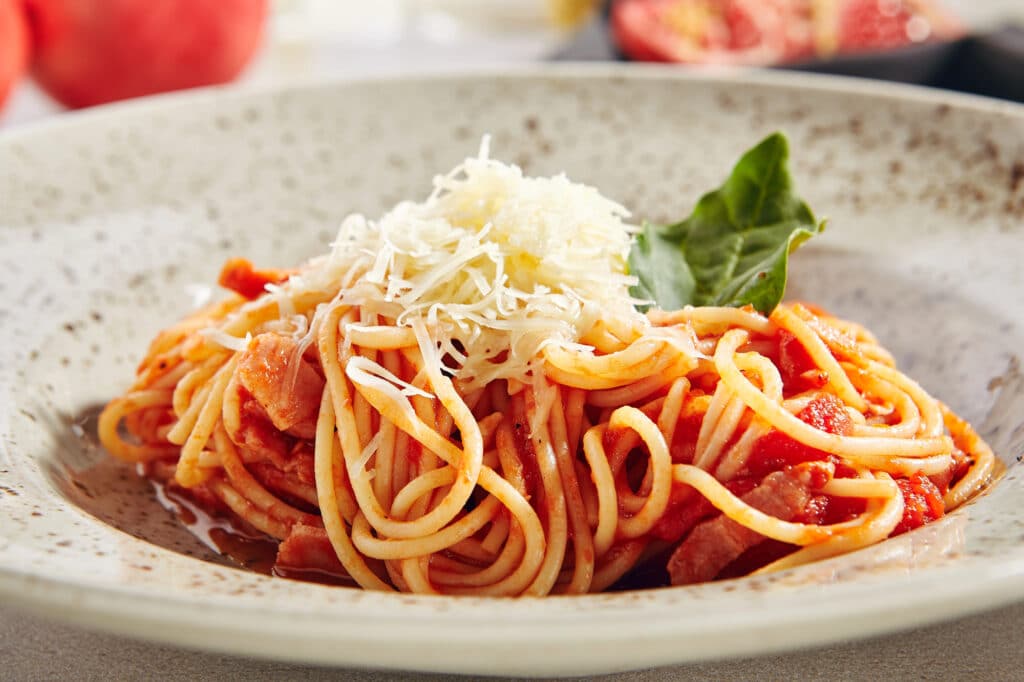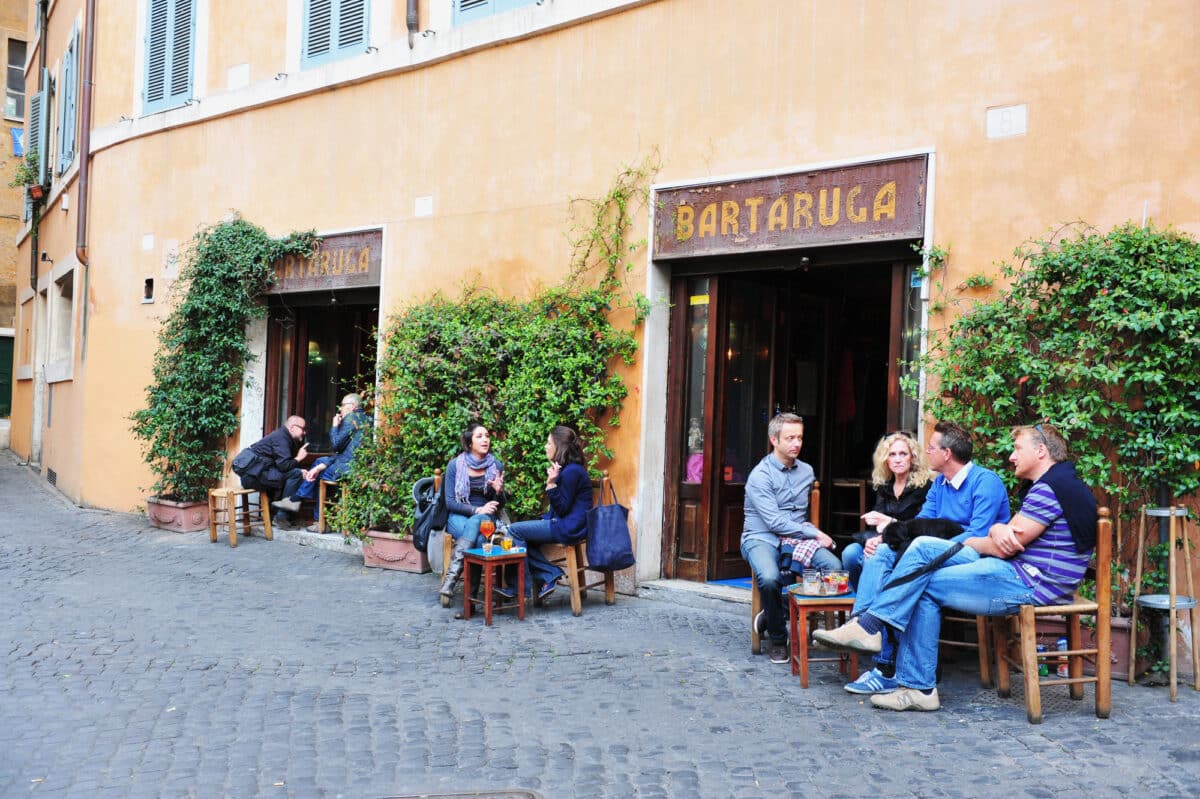Naming the book Portico is my way of saying “Welcome. I’m glad you are here.”
Portico: Cooking and Feasting in Rome’s Jewish Kitchen by Leah Koenig is a treasure.This lovely book features over 100 recipes and beautiful color photographs by Kristin Teig, but is most captivating for its carefully researched and eloquently written narrative. It is profoundly personal and thoroughly edifying. The 2000 year old community known as Rome’s Jewish Ghetto is a lively neighborhood with a “beguiling cuisine.” As the author writes of her first encounter with the Roman Jewish cuisine, the dishes were unlike anything she had ever eaten for Shabbat before.
“…those dishes were neither Ashkenazi (hailing from Central and Eastern Europe), nor Sephardi (hailing from the Iberian Peninsula). They were uniquely Roman and they were incredible.”
Leah Koenig wrote that her love of sharing Jewish cuisines began in Rome. I am a huge fan of her work and a follower of “A Jewish Table” on Substack, where she explores and explains unfamiliar corners of the Jewish food world with wit, candidness, empathy, and practicality. “The Jewish Table is a clearing house for all things related to global Jewish cuisine…I deeply believe that our food stories are connected to everything else in our lives—from culture and family to politics.”
Tradition matters, but neither the community nor the cuisine is stagnant—both are alive, evolving, and creating new traditions for the generations to come.

I also feel a nostalgic connection to the Via del Portico d’Ottavia, having visited it during my Italian study year abroad, many years ago, and several times since. The Ghetto has changed drastically since my first student visit. The cluster of Jewish restaurants still draws worldwide tourists. Now, even though the majority of Roman Jews no longer live there, despite its gentrification and expensive real estate, it is still an active hub for Jewish life.
The book title, Portico: Cooking and Feasting in Rome’s Jewish Kitchen is derived from the ancient remains of the Portico d’Ottavia built in the first century BCE, and it holds symbolic importance for the community as a reminder of its longevity. The word “portico” translates to porch, so the author writes:
“Naming the book Portico is my way of saying “Welcome. I’m glad you are here.”
The many influences inside the Ghetto mingled over decades with Roman recipes, resulting in a unique cuisine that differs even from other Italian Jewish communities.
Portico earns a place on my bookshelf for the historical introduction alone. It’s actually too beautiful for the kitchen shelf and more comfortable on the coffee table. It begins with “A Glimpse into Rome’s Storied Jewish History.”
The staples needed to stock your pantry and refrigerator like a Roman Jew precede the recipes. From anchovies to zucchini blossoms, the six page A-Z has clear descriptions of key ingredients. Recipe pages are interspersed with engaging narratives of the people and stories that make up the neighborhood. The recipes may be familiar to lovers of Italian Roman cuisine, and the author notes:
“From a culinary perspective, it can be a challenge to untangle which dishes are prepared “alla Giudia” (Jewish style), and which are “alla Romana” (Roman style). In many cases, in fact, they are one and the same.” The many influences inside the Ghetto mingled over decades with Roman recipes, resulting in a unique cuisine that differs even from other Italian Jewish communities.”
Many readers will be familiar with the famous Carciofi alla Guidia, the deep-fried artichokes that take central stage in Roman Jewish cuisine. Portico devotes eight lavishly illustrated pages to the history and preparation of this iconic dish.

There are also recipes for braised artichokes and artichoke carpaccio, an inventive vegetarian play on beef carpaccio. Vegetarian Italian food aficionados will appreciate recipes such as Carbonara di Zucchini (Pasta Carbonara with Zucchini). A kosher version of Pasta Amatriciana all Giudia (Jewish-style Pasta Amatriciana) replaces guanciale (cured pork cheek) with Italian dried beef, beef bacon or cubed pastrami. The recipes have excellent tips and ideas for substitutions and adaptations.
Portico features contemporary chefs keeping the traditions alive and innovating. Even the most sophisticated recipes are tailored to the home cook. “Tradition matters, but neither the community nor the cuisine is stagnant—both are alive, evolving, and creating new traditions for the generations to come.”
This is a book to read, savor, skim, reread, and share.
